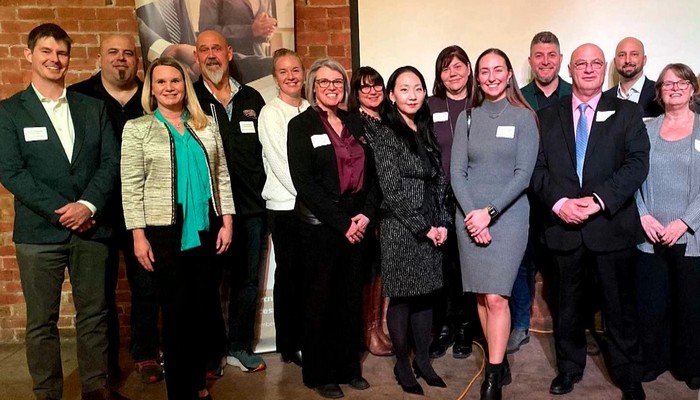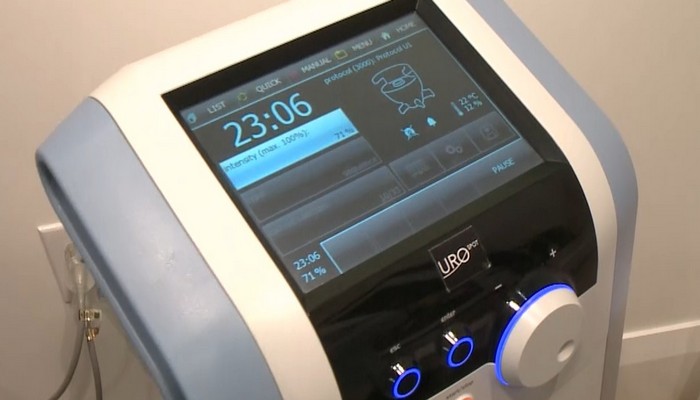
ALS ice bucket challenge helps to identify new gene

[projekktor id=’24903′]
The ice bucket challenge that went viral in 2014 wasn’t just a fad, it’s actually funded an important scientific gene discovery in the progressive neurodegenerative disease ALS. The challenge raised $220 million worldwide and helped to identify the new gene NEK1 behind ALS.
“Every time that we discover a new genetic cause of ALS it’s a landmark in our discoveries.” Dr. David Taylor, vice president, ALS Canada.
Once that common link is discovered researchers will be able to target treatments that can slow down the disease. Canadians helped to raise $15 million towards ALS research. To put that in perspective typically they have $1.2 to $2 million a year. ALS Canada’s vision is to make the disease treatable and not terminal by 2024.
“We believe it’s a matter of when not if that we will have treatments to slow down ALS and eventually make it a completely treatable disease.”
For sufferers it’s a rapidly progressive disease that affects the brain and spinal cord attacking nerves that control movement so muscles refuse to work. Experts say they have discovered more in the past 5 years than in the previous century and say the ice bucket challenge helps current survivors too. The ‘Every August until a Cure’ campaign is encouraging people to take the ice bucket challenge until ALS is history. The disease kills around a third of people within a year of diagnosis and more than half within two years. So next month you can expect the ice bucket challenge to be trending on social media leading to more research breakthroughs that accelerate the chances of making it a treatable disease.







